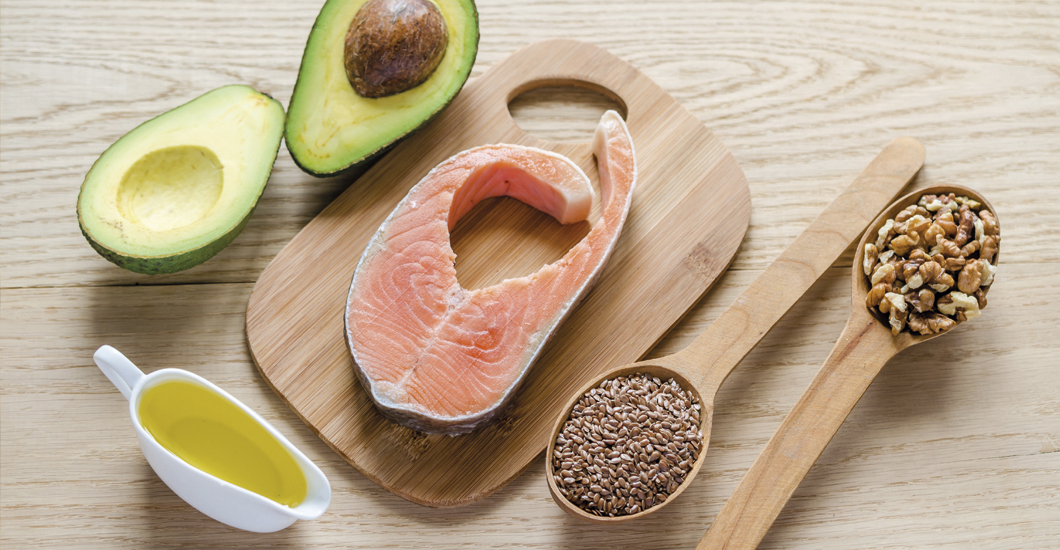Some say you should never eat them; others say they're essential. They say some are good but others are bad. Are fats ultimately harmful? Do they serve any purpose for the body? Do they damage the heart? We provide answers to these and other questions below.
Myth: Fats are unhealthy.
Reality: False. Fats shouldn't be viewed as our enemies, because they are essential for life: they form bile acids (essential for digestion), they are part of the make-up of cellular membranes, they are a vehicle for absorption of vitamins A, D, E, and K, they are necessary for producing sexual hormones, and they help regulate the body's temperature. Furthermore, no cell, tissue, gland or organ could function
Myth: Fats cause obesity.
Reality: False. The main strategy for achieving a healthy weight is balancing the number of calories consumed and the number of calories burned. One example that illustrates that fats are not solely responsible for weight gain is that fat consumption in the United States has fallen by 8 percent over the last 30 years, in part because of regulations that have forced the food industry to make cholesterol-free products. Meanwhile, obesity has tripled since 1960 and continues to rise, according to Dr. David Montalvo, a surgeon with the Mexican Association of Bariatric Surgeons. Why? The primary reason is that while people have reduced the amount of fat in their diets, their intake of carbohydrates to replace those calories has increased and portion size has also grown. That's why it's important to eat a little bit of everything, in a balanced way.
Myth: Fats clog your arteries.
Reality. False. There are "good" fats and "bad" fats. The first group even protects against clogging of the arteries (atherosclerosis) when they dominate the diet, by diluting saturated fatty acids or harmful fats (the ones that build up). Good fats are known as HDL cholesterol and are found in avocado, dried fruit, fish, and olive, soy, canola, and sunflower oils. Saturated fats, known as LDL cholesterol, come from animals: meat, egg yolks, butter, milk and milk products. Your body also needs these fats, but in small quantities. For example, a healthy person who needs to consume 2,000 calories per day should obtain 30 percent of those calories from fats (700 calories, or 70 grams). Since there are different types of fat, it is recommended that no more than 7 percent of total fats consumed be saturated fats (about 100 calories, or 10 grams), 10 percent should be polyunsaturated fats (200 calories, or 22 grams), and 20 percent should be monounsaturated fats (400 calories, or 44 grams). This calculation, however, has to be adjusted for each person's age, weight, amount of physical activity, and health status. That's why some people can eat eggs or drink whole milk every day without a problem, while others have to limit how much they consume.
Myth: Fats are only bad when they're fried.
Reality: False. About 75 percent of the fat contained in food is hidden. Some foods consist completely of fat, including butter, margarine and oils, while others such as milk, eggs, beef, chicken, and fish are a combination of fat, protein, and carbohydrates. But there are also fats known as trans fats (trans fatty acids) that have been shown to be more harmful saturated. The problem is that trans fats tend to be hidden.



